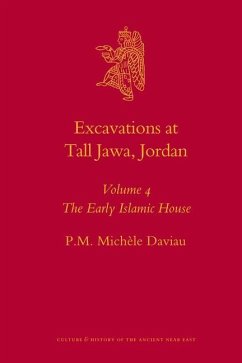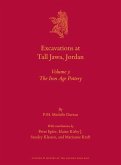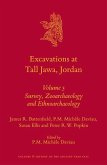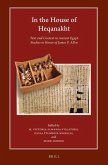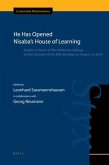Much of the archaeology of Late Antique period remains in Jordan has concentrated on public buildings: churches, mosques, theatres, baths, and their major architectural features, such as mosaic floors. In this fourth report of the excavations at Tall Jawa in central Jordan, a single house with a rich repertoire of pottery, mould-made lamps, glass, and a small coin hoard, appears to span the transition period from the Late Byzantine to the Early Islamic period. Details of the construction of the building itself and of its mosaic pavements, the technology of its ceramic corpus, analysis of its inscribed lamps, painted plaster, objects and a small coin hoard all contribute to an understanding of village life for people during a period of linguistic, religious, and political transition.

